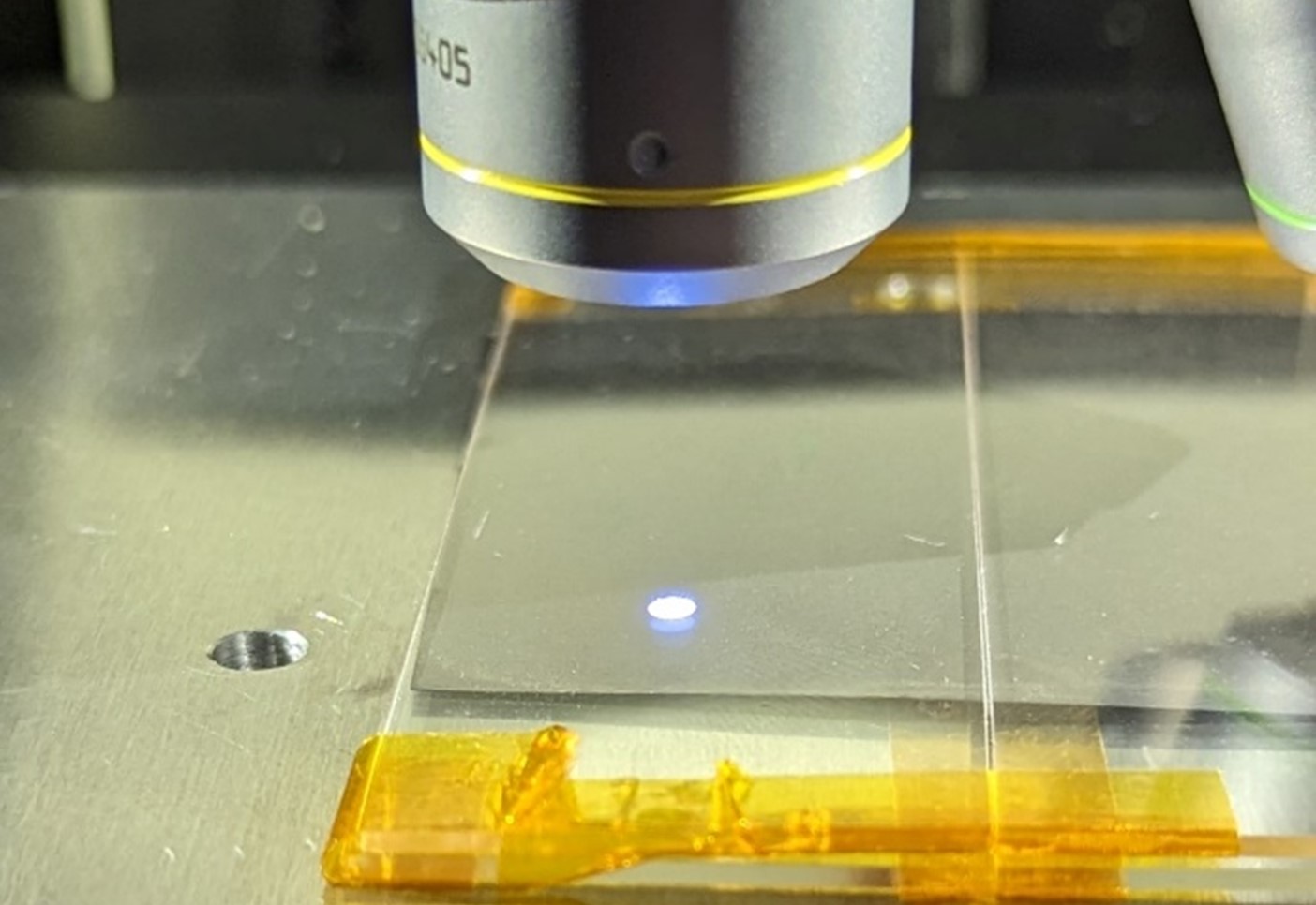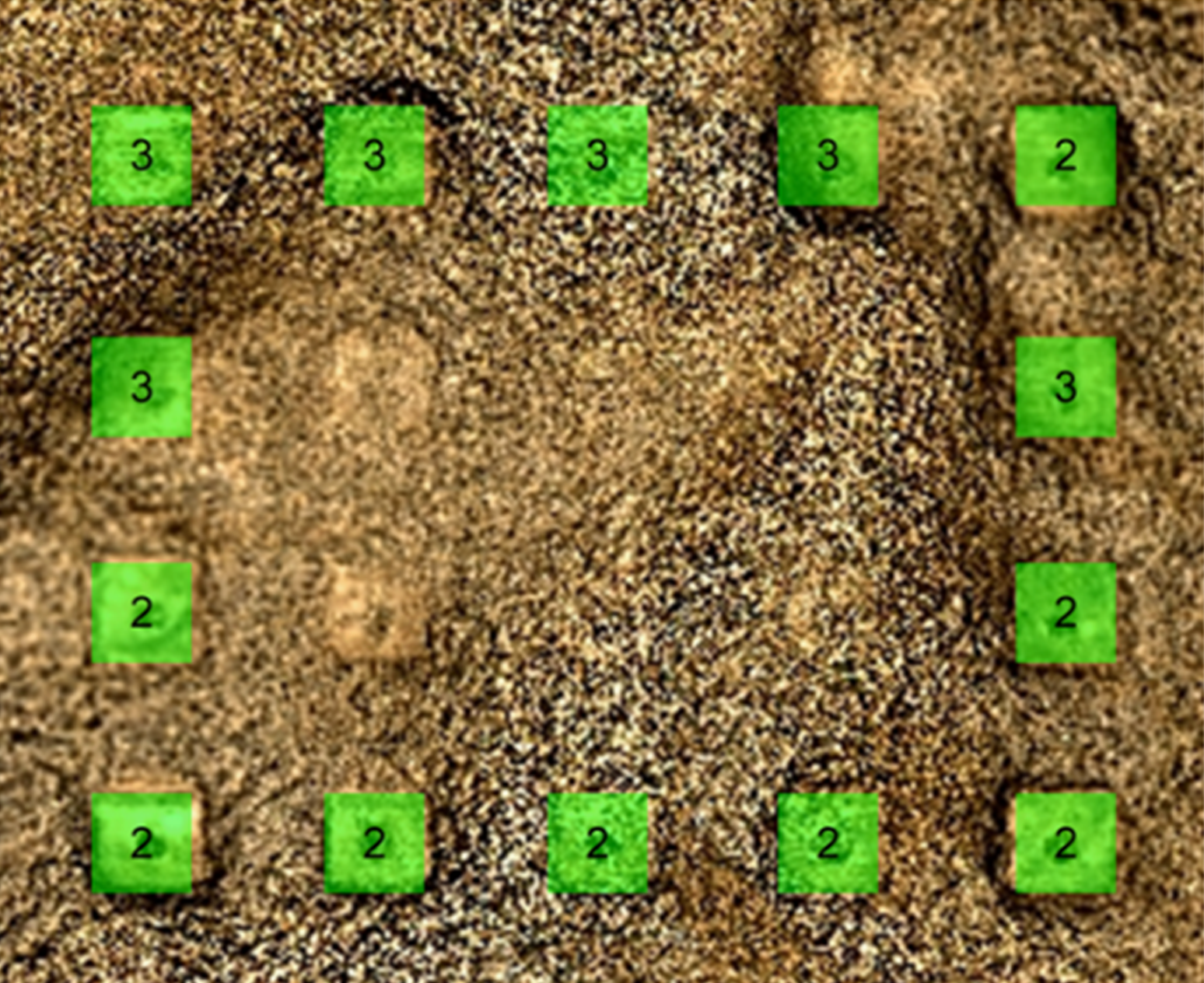.png?lang=en-US) Schematic showing set-up of the experiment used. Right: Image of the bottom PCB used in the experiment.
Schematic showing set-up of the experiment used. Right: Image of the bottom PCB used in the experiment.
Hydrogen fuel is crucial for transitioning away from fossil fuels. Electrolysers split water to produce hydrogen, and fuel cells generate electricity from hydrogen with zero carbon emissions. Low resistance materials are essential for efficient components in these devices, reducing interfacial contact resistance (ICR).
Common conductive coatings like gold, carbon and platinum are used to minimise unwanted insulating oxides. NPL was approached by a client to study ICR at a higher spatial resolution, helping to validate the performance of cost-effective, low ICR coatings for future hydrogen technologies.
Evaluating a materials’ average ICR is a common measurement, often used for instruments requiring high conductivity such as fuel cells, electrolysers, and batteries. NPL’s Electrochemistry Group built upon existing capabilities to develop a calibrated and traceable technique to map contact resistance spatially throughout a sample with < mm2 resolution.
This technique was paired with NPL’s existing capability in microstructural and surface characterisation via scanning electron microscopy, energy dispersive x-ray analysis and Raman spectroscopy to determine factors affecting spatially resolved ICR on model systems.

ICR in μΩ cm2 at different locations as indicated by the location of the figures. Uncertainty equal to ± 1 μΩ cm2 where k=2

Image showing a sample being examined under an electronic microscope.
Measurements of ICR variability have bolstered the client's confidence in the information being provided to their customers. This project was delivered in less than 6 months via financial support through the Analysis 4 Innovators (A4I) scheme, enabling an immediate impact on their business. Through this, NPL has facilitated an easier transition towards a green hydrogen future.
With further development at NPL, this innovative capability can be used to measure ICR at different spatial resolutions and pressures. This will for efficient and simple analysis of ICR throughout essential materials, potentially extending their lifetime and reducing maintenance costs for essential instruments.